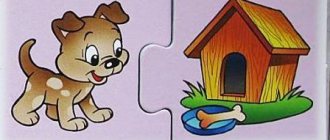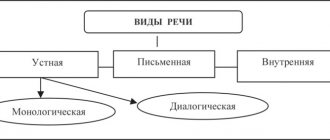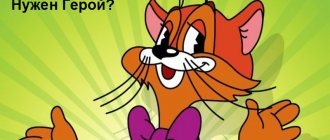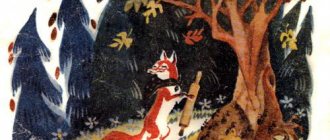What types of round dances are there?
There are two types of round dance - ornamental and playful. The design of round dances often resembles the intricate patterns of Russian lace; participants move in a chain, a snake, and there is a formation in two rows.
Ornamental ritual round dances are the oldest. They are characterized by a playful element, a slow circular movement “through the sun” accompanied by the singing of archaic songs, and instrumental accompaniment is rare. Non-ritual ones are distinguished by more developed choreography, accompanied either by songs or an instrumental ensemble, sometimes with songs and instrumental music at the same time, round dances were held in meadows and fields, on the banks of rivers and lakes, on streets and churchyards; The participants, holding hands, moved smoothly and at a slow pace in a circle (in rows, in pairs, in a twisting chain, etc.), sometimes lining up in lines opposite each other.
They started a “rope”: all the participants, holding hands, danced in a round dance in complex loop-shaped figures to various songs. The “rope” rolled out into the hallway, returned to the hut, twisted and curled, and the songs replaced one another. Our ancestors loved to gather one summer evening on the outskirts of the village and dance… a swastika to the lingering chants. There was an analogue of the symbol in Russian dance culture - the “Kolovrat” dance.
Difference between folk and sacred dances
Folk dances:
- group dances, passed down from generation to generation since ancient times, are based on pagan customs and traditions.
- a special understanding of life, and not just entertainment.
- with the advent of the church were prohibited, only some drawings of the movements were preserved.
Sacred dances:
- always have the character of worship or communication with something higher.
- an attempt to establish contact with your deepest self, to answer the questions “Who am I?” Why am I here?..”
Sacred dance is the basis of the ritual and spiritual life of our distant ancestors. These movements have been guides to the inner world for generations of people for thousands of years.
The role of women's sacred dance was strongest in cultures that worshiped goddesses, where women celebrated rites and worship, which was observed in cultures all over the world. It is with the veneration of the goddess that the path of sacred dance in the world begins. The Cosmic Mother Goddess symbolizes the strength and harmony of life itself. Women resonate with the image of the goddess as the feminine aspect of the divine - regardless of their nationality or religion.
The round dance of the planets of the Solar System is located near the plane passing through the solar equator and circles around the Sun in the same direction - from west to east. The solar fire is burning, and around it is a dance of planets. Sometimes the planets line up in a row.
Life is the sacred dance of a figure clothed in a physical shell, which is a beautiful human body. He who has forgotten his past does not have his future in this dance, because... he does not know the purpose of the sacred dance of the gods, transmitted to man so that he remembers the way home.
A round dance helps to evenly organize your biofield through interaction with relatives. A uniformly closed circuit is a kind of rotation and organization of the Current of Force.
Changing the rhythm and direction of the round dance gave interaction with various kinds of flows and vibrations. Which actually completely characterizes the structure of the larger KOLOGODNY round dance.
Round dance figures
According to content, character, form, time, Russian round dances were divided into four groups: spring, summer, autumn, winter. Round dances can be closed (circle) and open (line to line, snake, etc.). Round dance is spread throughout Russia, and each region brings something of its own, creating diversity in style, composition, character and manner of performance. Round dances are very diverse in their formations; most round dances are circular.
You can often find a double circle-circle within a circle. Sometimes the dancers form two circles side by side, and sometimes these circles seem to flow into one another and their movement forms a figure eight pattern. Large circles and small circles are a very common form of constructing a Russian round dance. But the movement of the round dance is not limited to a circular pattern. The circle is broken, new formations are formed, new patterns are formed - zigzags, lines, etc.
Each drawing, each formation of a round dance has its own specific name, for example: “circle”, “collar”, “eight”, “column”, “basket”, “carousel”, etc. These specific formations are called round dance figures and are an integral part.
Views: 3,978
Recommended Posts
- Spiritual Strength is a Slavic symbol. Amulet Spiritual Strength is an ancient swastika sign of the Memory of the Family Spiritual Strength is a Symbol of constant Transformation...
- Alexey Orlov and Alexander Sokolov. Formation of the Russian person. Traits of a Russian person What kind of Russian person is. Alexey Orlov and Alexander Sokolov - The historical essence of the Russian person. - Essential...
- Vitaly Sundakov. About the unity of the Russian Donbass




